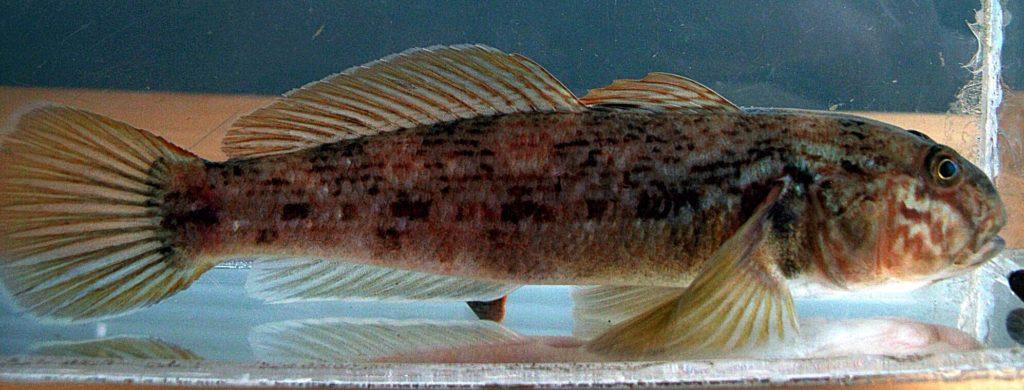Alien and Visiting Species
Alien species are organisms introduced into natural environments beyond their natural range. Many of the alien fish species found in the Baltic Sea were introduced between the 1950s and the 1970s. The list includes such species as beluga sturgeon (Huso huso), sterlet (Acipenser ruthenus), the Siberian sturgeon (Acipenser baeri), the Russian sturgeon (Acipenser gueldenstaedtii), chum salmon (Oncorhynchus keta) and pink salmon (Oncorhynchus gorbusha). Also, longnose sucker (Catostomus catostomus), Chinese sleeper (Perccottus glenii), silver carp (Hypophthalmichthys molitrix) and spotted silver carp (Aristichthys nobilis) have sometimes been found. Rainbow trout (Oncorhynchus mykiss) and a few whitefish forms (Coregonus spp.) are present due to introductions and escapes from aquaculture. However, none of these species have been able to form self-sustaining populations.
The Prussian carp (Carassius gibelio) (present in the Baltic Sea since early 1950s) and the round goby (Neogobius melanostomus) (introduced in early 1990) are now common species and found in various sub-systems of the Baltic Sea. These species have been shown to be able to reproduce in the Baltic, they have colonized new areas in recent decades and are increasing in abundance in various parts of the sea. The round goby has been recorded to have a negative influence on ecosystems and commercially important fish species.
In addition, various fish species migrate from time to time from the North Sea into the Baltic Sea. Such species include whiting (Merlangus merlangus), European anchovy (Engraulis encrasicolus), mackerel (Scomber scombrus) and grey mullets (e.g. Liza ramada). Due to unfavourably low salinity conditions, marine visitors are unable to form self-sustaining populations in the Baltic Sea.

Round goby (Neogobius melanostomus) is a wide spread invasive species in the Baltic Sea potentially impacting the structure and function of the coastal ecosystems. Photo: Riikka Puntila/HELCOM
